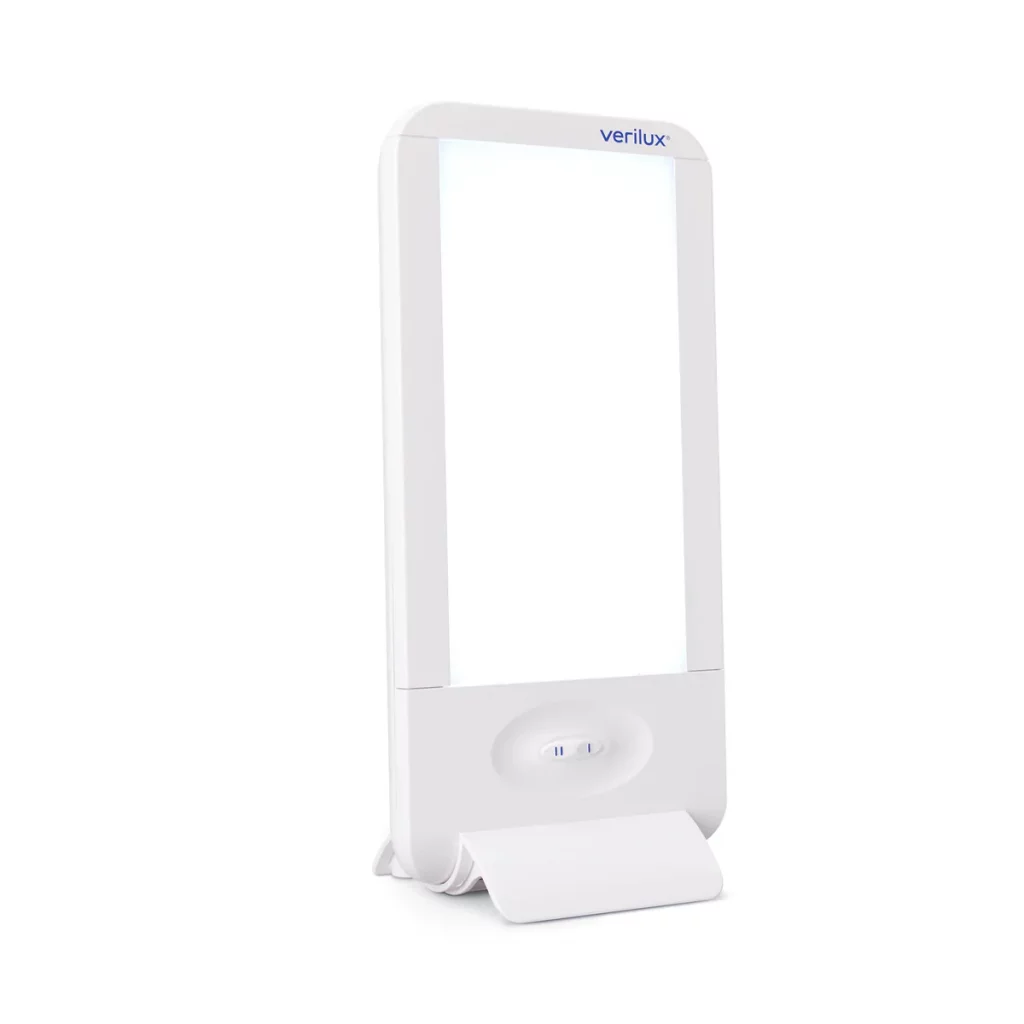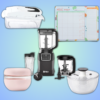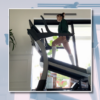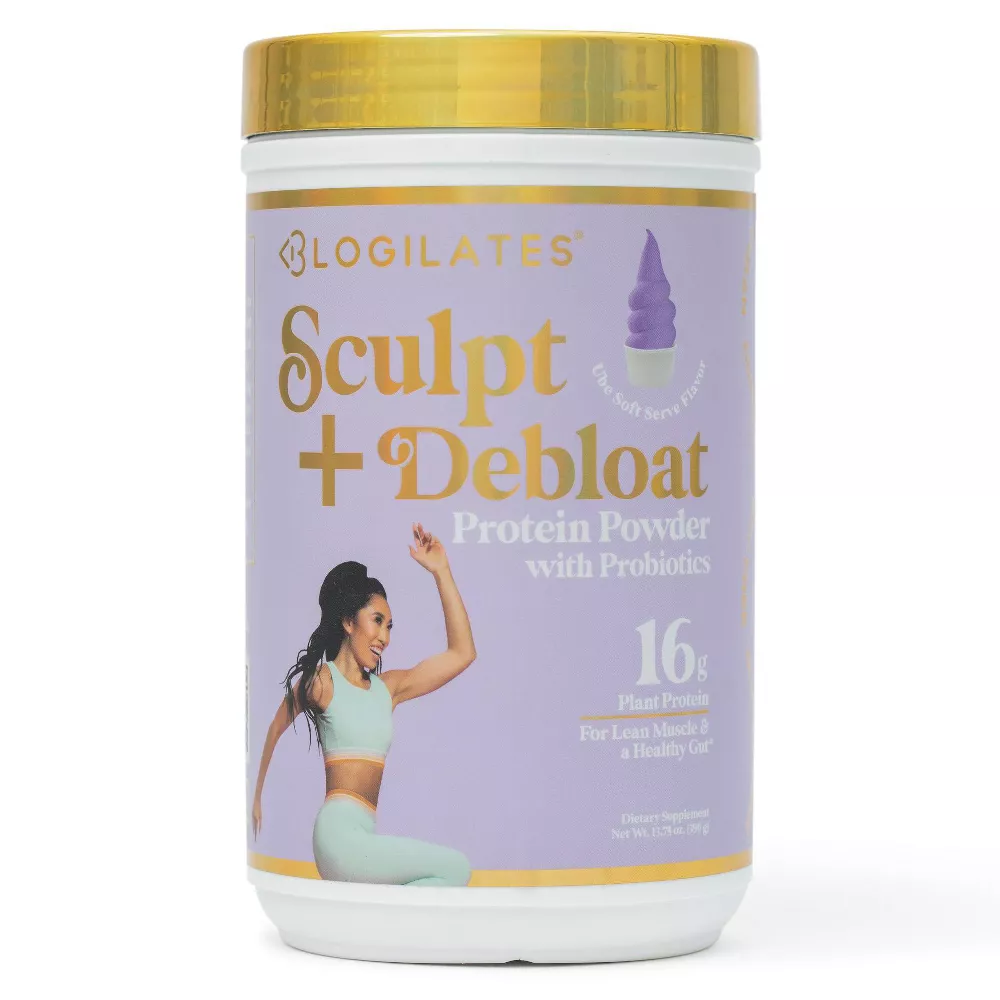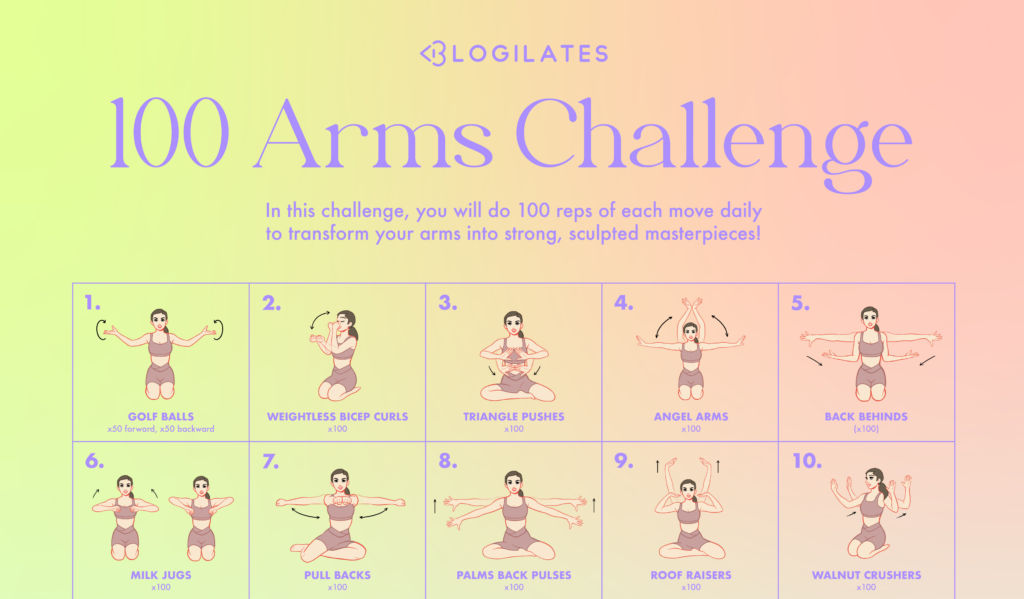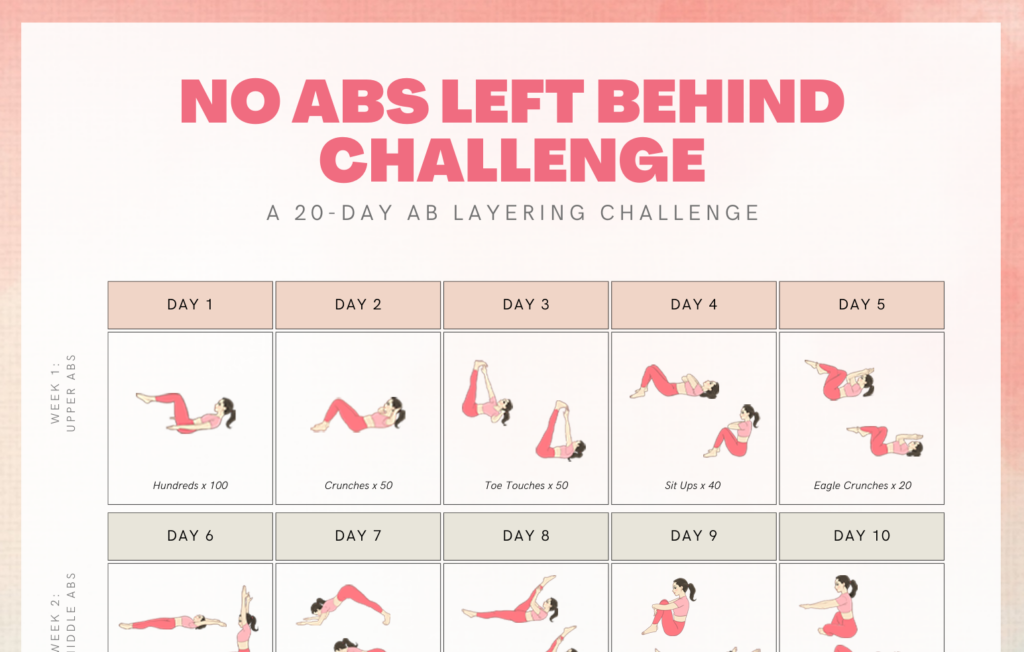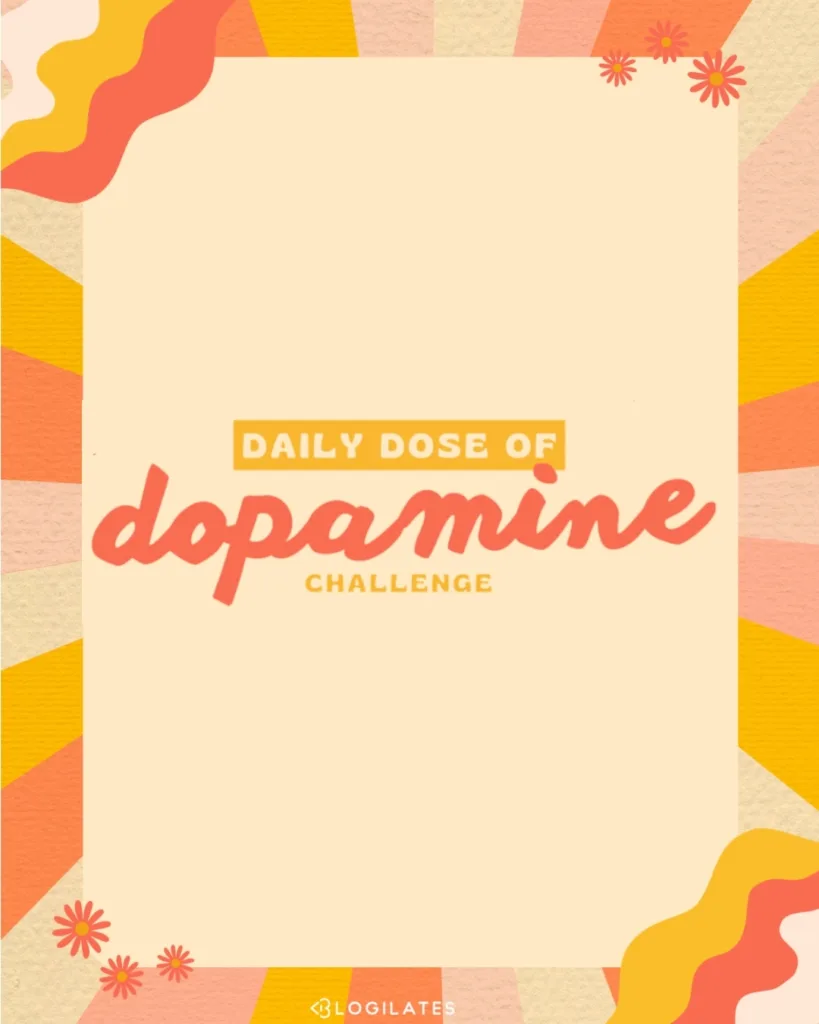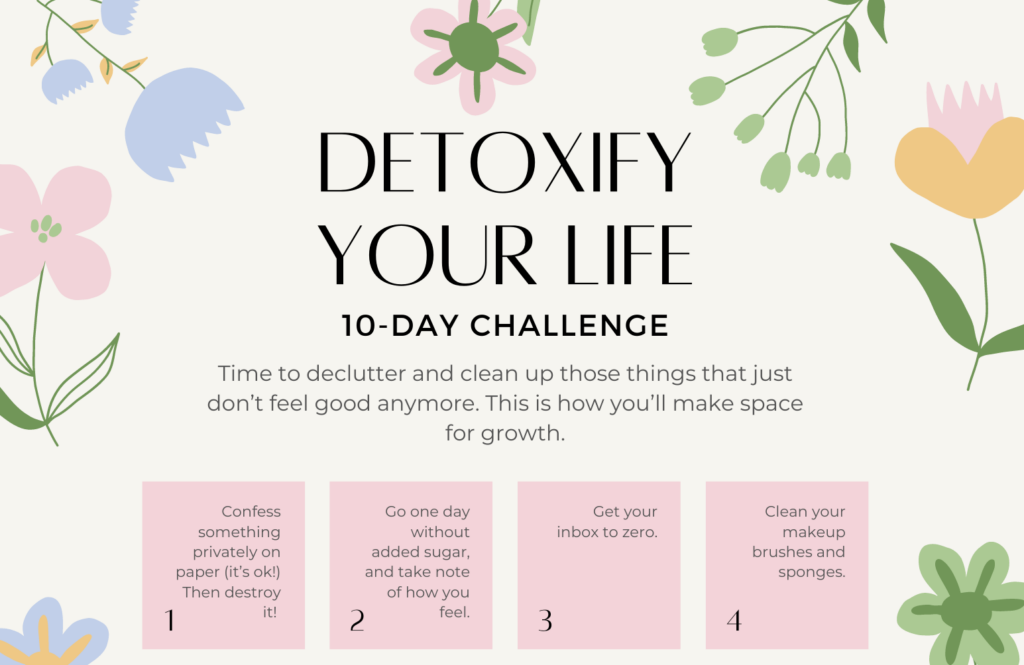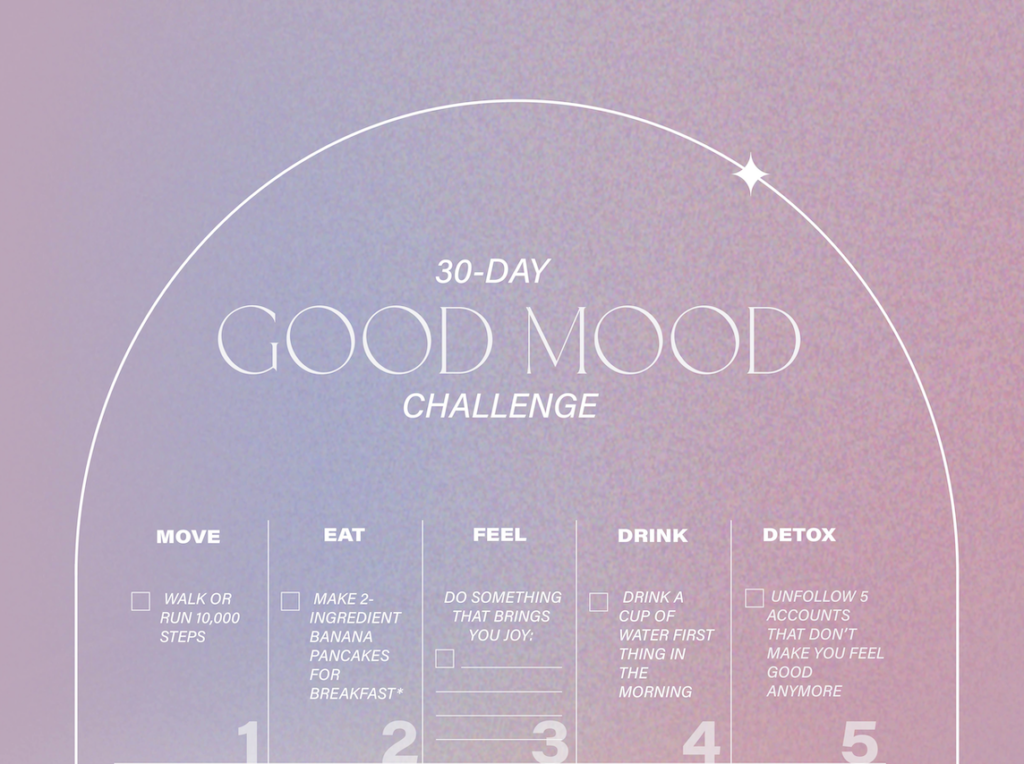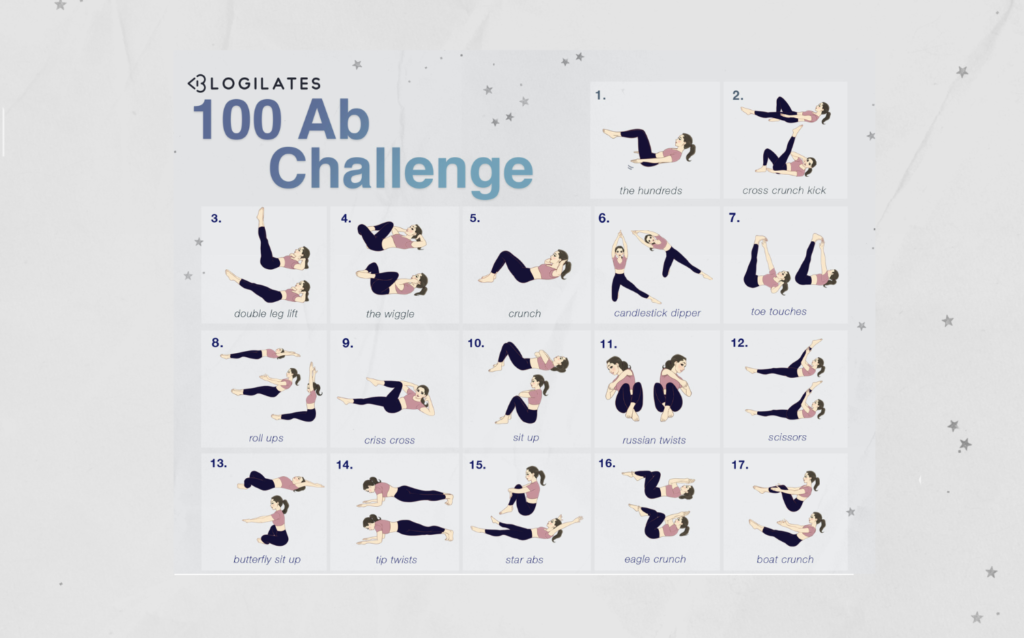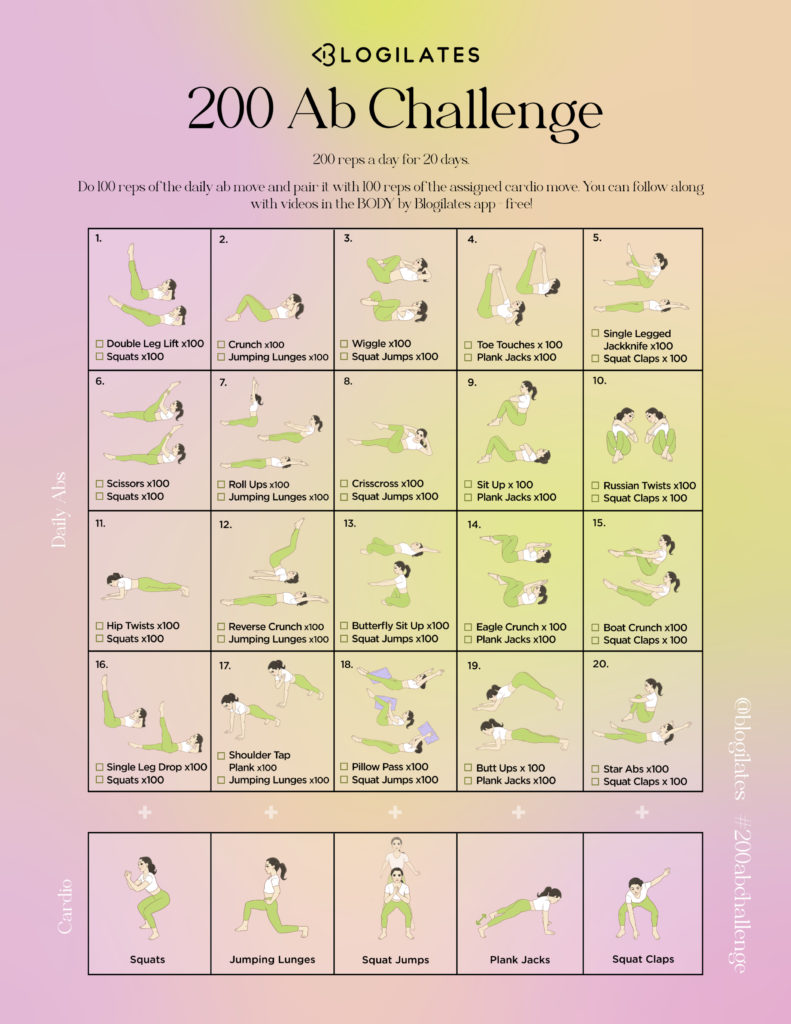Feeling Gloomy? Try These Tips to Get Ahead of Seasonal Depression
- Feelings
- Nov 7, 2022
-
 No Comments
No Comments
- By Casey Clark
Daylight Savings Time ended for many of us this weekend, which means the sun will be setting an hour earlier. The extra darkness is not only a major wake up call that the seasons are changing, but also a change that triggers some to feel more dreary and sad.
If you feel this mood shift every year around this time, it may be more than just the winter blues. It could actually be a type of seasonal depression, also known as Seasonal Affective Disorder (SAD).
View this post on Instagram
What are the main causes of seasonal depression?
SAD is a kind of depression that’s typically caused by changes in the seasons, most often during the fall and winter when the weather gets colder and the days get shorter. However, for some, this can happen during the spring and summer months — every person is different, but in each case, it has to do with the change of seasons.
“This is a disorder characterized by feelings of sadness, anxiety and depression around the same time each year,” says Dr. Bethany Cook the author of For What It’s Worth – A Perspective on How to Thrive and Survive Parenting Ages 0 – 2.”
While you’ll want to visit a mental health professional to receive a formal diagnosis, there are some common symptoms that people with SAD usually demonstrate according to Cook: decreased pleasure in activities that usually bring joy, decreased energy levels, sleeping too much, overeating, weight gain, trouble concentrating, feeling hopeless, and suicidal ideation.
People with SAD typically notice the change in seasons more than others and as a result experience correlated mental health symptoms that can impact overall well being and functioning.
According to the Anxiety and Depression Association of America (ADAA), SAD affects 15 million adults and is equally common among men and women.
View this post on Instagram
Treatment option for seasonal depression
There are a handful of ways to manage and cope with seasonal depression that springs up towards the latter part of the year. It’s safe to say there is no “best” treatment option, but a few that different people tend to find helpful.
Light Therapy
Cook suggests light therapy for those who struggle with the lack of sunlight caused by the shift in seasons.
There are many companies that have light therapy devices created for those with seasonal depression and they can be helpful when you’re in need of some sunlight. They work to mimic outdoor light so you can reap the benefits you’d get from natural light in your home which is perfect for those rainy and snowy days.
Although light therapy isn’t a cure for SAD, it has been shown to help reduce depressive symptoms, improve sleep cycles, and enhance energy levels.
Verilux is one of the most popular brands that specialize in these “happy lights” known to help those suffering with SAD and they are available in different styles and price points to suit your needs.
“Light therapy seems to work consistently for many individuals but if it doesn’t work for you keep looking until you find something that does,” says Cook.
Therapy and/or Antidepressants
After you’ve tried light therapy, you may want to go the more traditional route with psychotherapy and/or medication (antidepressants). In therapy, you’ll be able to come up with a list of coping strategies catered to your specific symptoms and work through feelings of sadness with a trained professional like Cook.
Practice Self-Care
You’ll want to continue your self-care routine into the colder seasons. Some ideas include journaling, bathing with essential oils, and exercising. Stay in touch with how your feeling and provide your body with the TLC it needs when those negative thoughts and feelings start to arise.
View this post on Instagram
Holistic Remedies
Interested in more holistic remedies and treatment options? First and foremost, you’ll want to make sure you have enough Vitamin D in your diet. It’s very common for people to become deficient during winter months, due to less exposure to sunlight.
Increasing your intake of Vitamin D-rich foods like salmon and fortified orange juice can maintain healthy vitamin D levels, but you can also take a supplement to ensure you’re getting enough. This can help decrease depressive symptoms and sleep difficulties frequently associated with SAD.
Arielle Simone, a holistic nutritionist and wellness writer, shared some other tips on her Instagram about holistic options you may want to consider:
Add ginger to your diet
Whether that’s a ginger shot or ginger tea, it could increase serotonin levels. Simone recommends adding black pepper and turmeric too, likely to combat inflammation.
More root vegetables and dark leafy greens
Collard greens, beets, brussels sprouts, etc. These are full of fiber, vitamins, minerals, and antioxidants. Plus, many are seasonally available.
Take supplements
We talked about vitamin D, but other potentially helpful supplements include magnesium (an estimated 50% of Americans don’t get enough, and low intake has been linked with depression), iron (if you’re prone to deficiency) and probiotics (gut health is linked to depression and other mental health issues).
Use herbs
Lavender, chamomile, and bergamot are a few that Simone recommends.
Add movement
Hot yoga, boxing, or an indoor hot girl walk – whatever makes you feel warm inside and of course, brings you joy.
Final thoughts: Getting ahead of seasonal depression
With all of this said, you’ll want to check in with your treatment team to come up with a plan catered to your specific symptoms and needs — maybe even bring up some of these ideas in session to see how you can best incorporate them.

